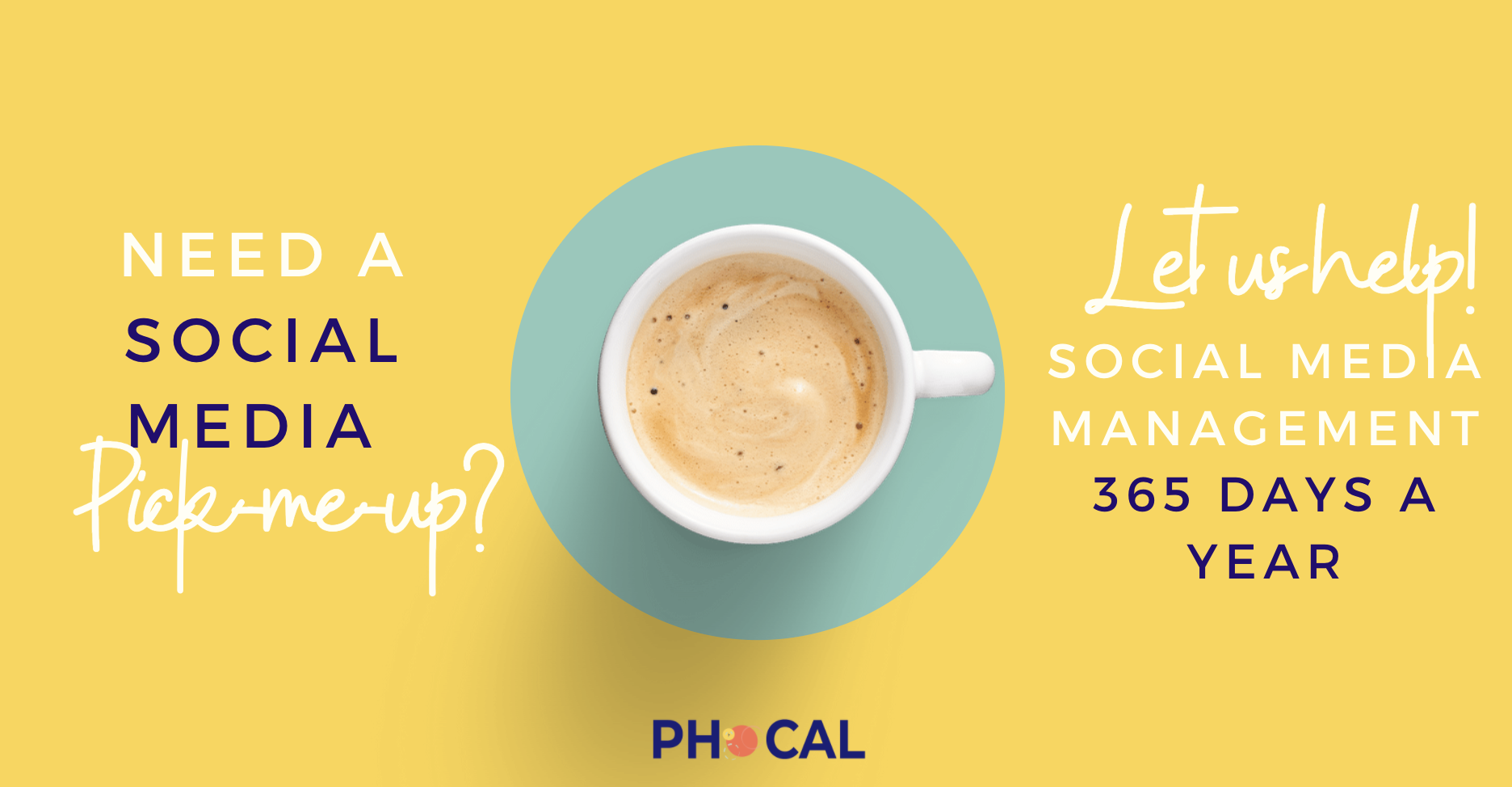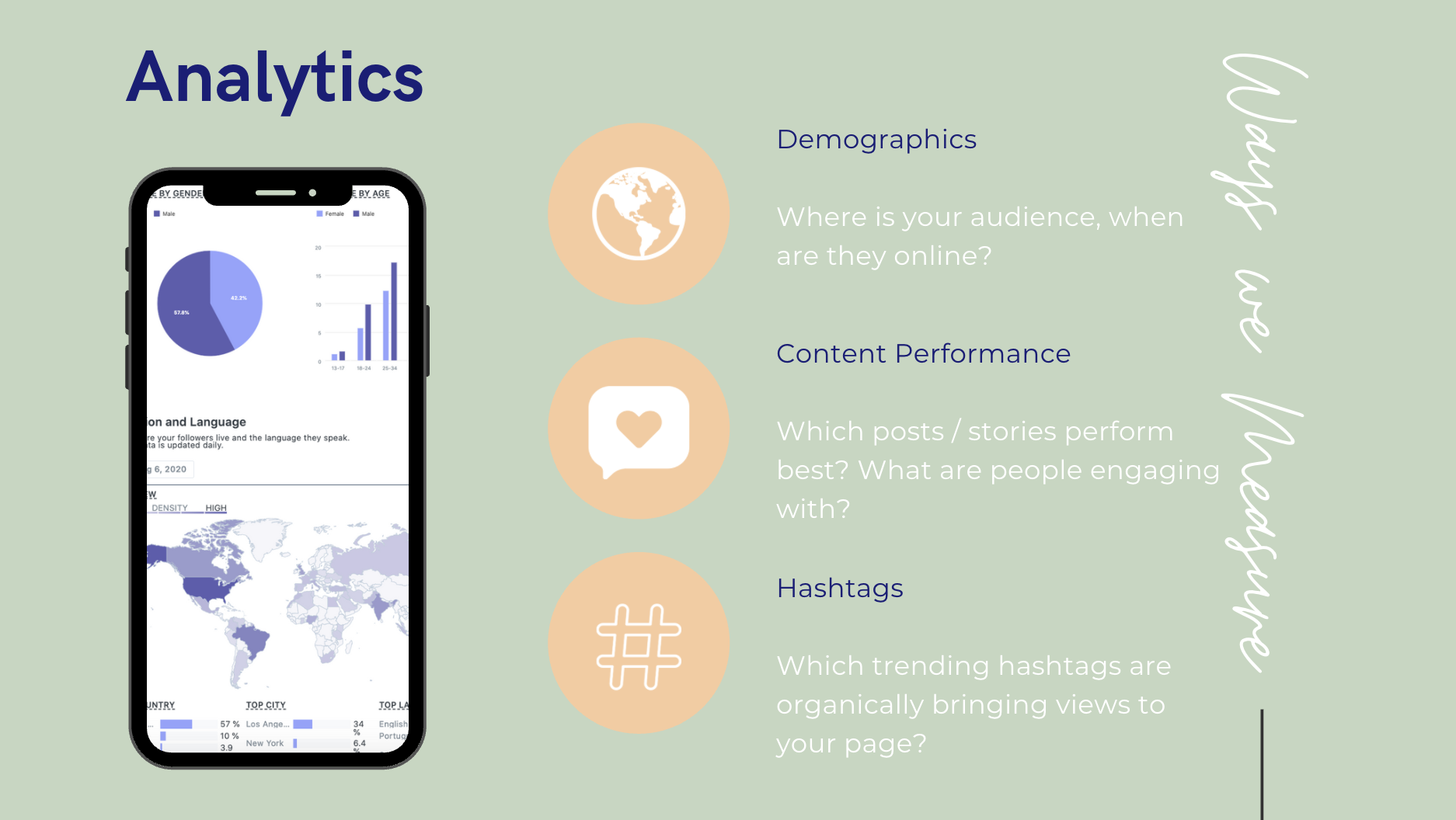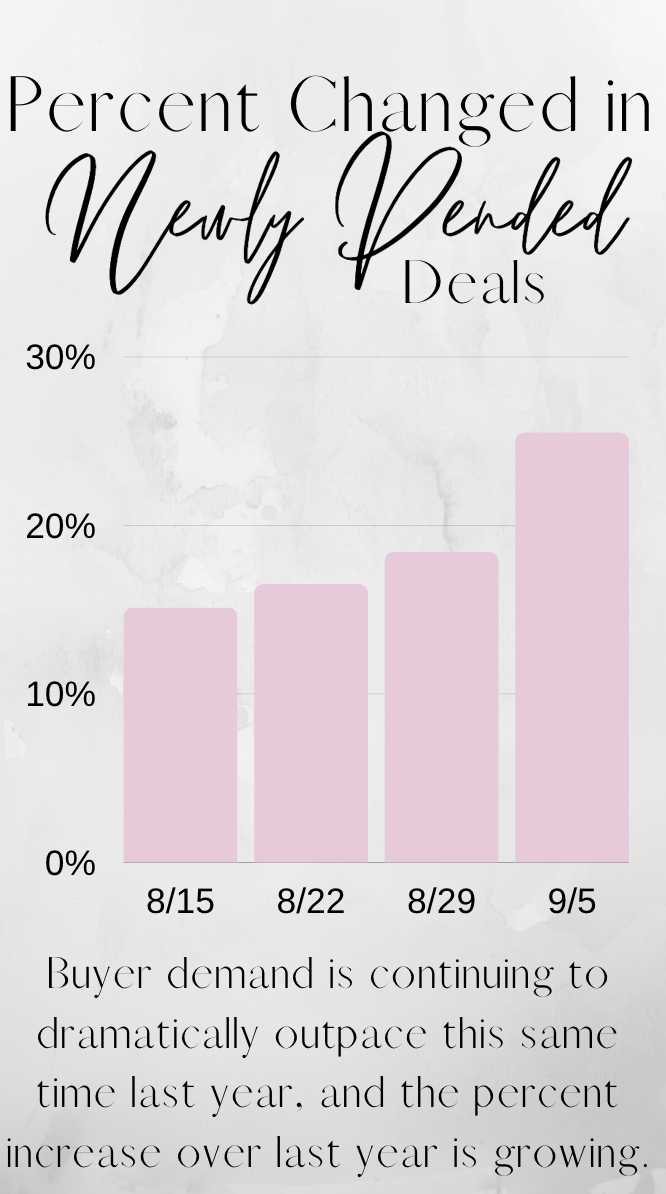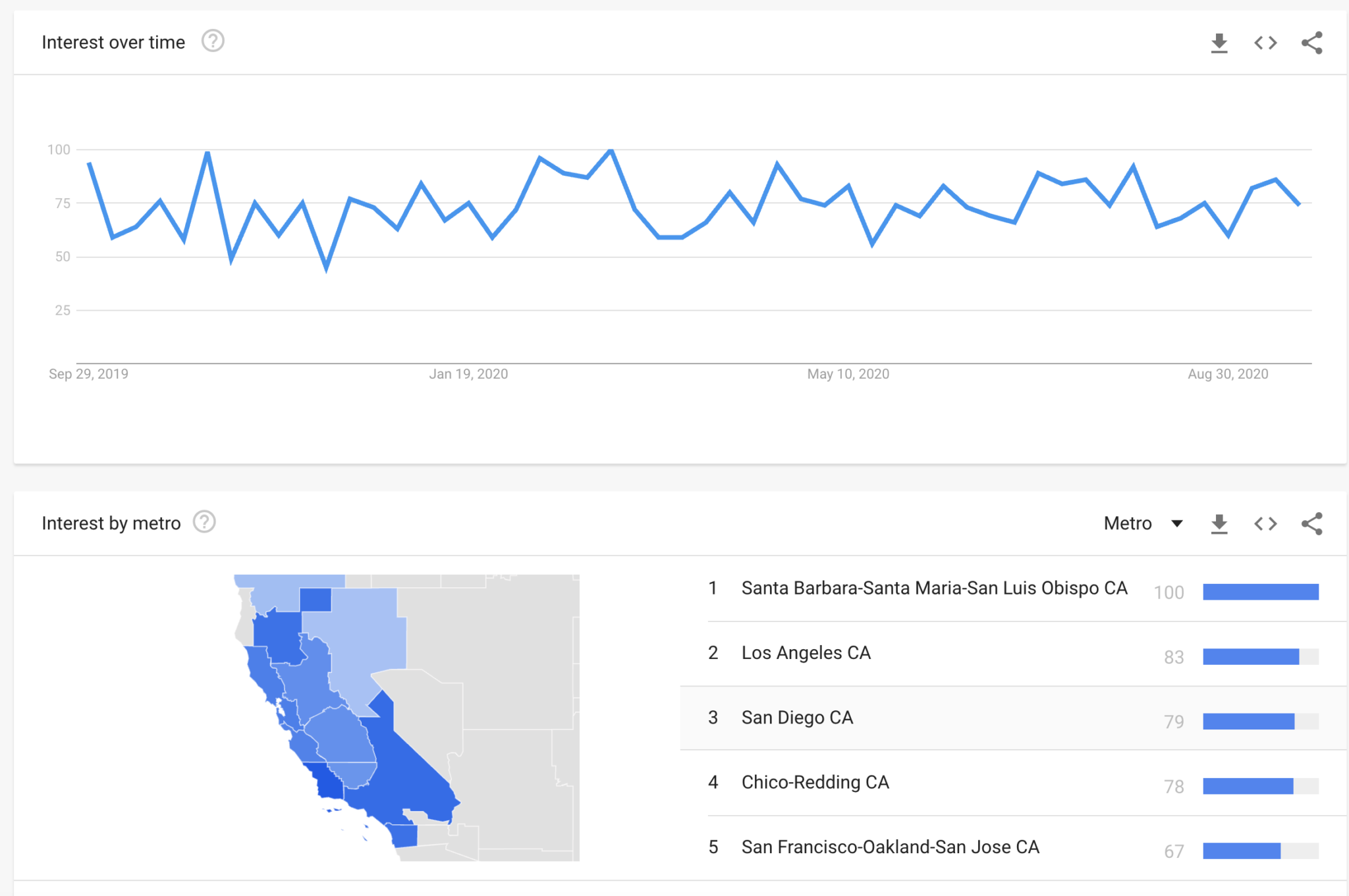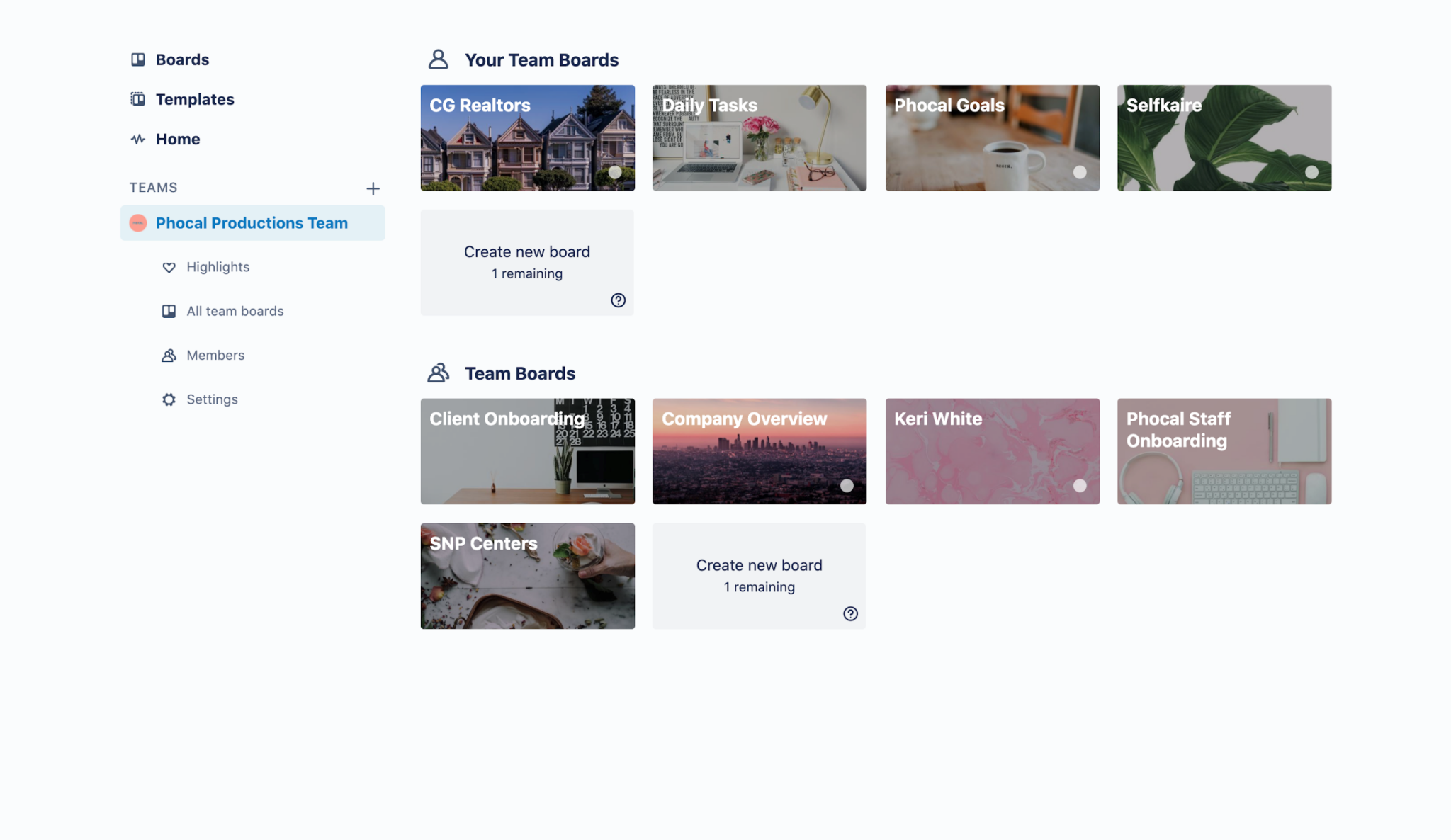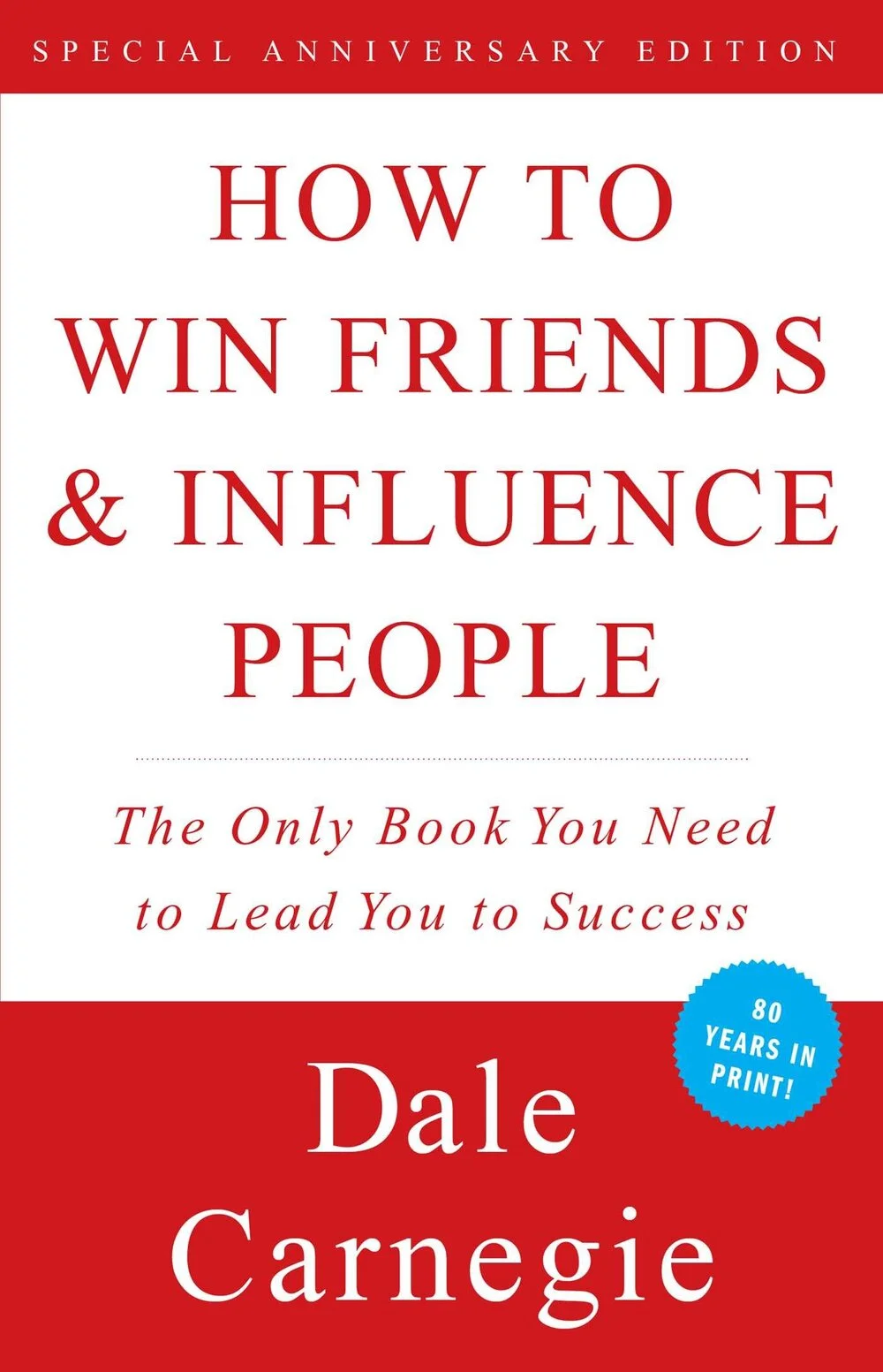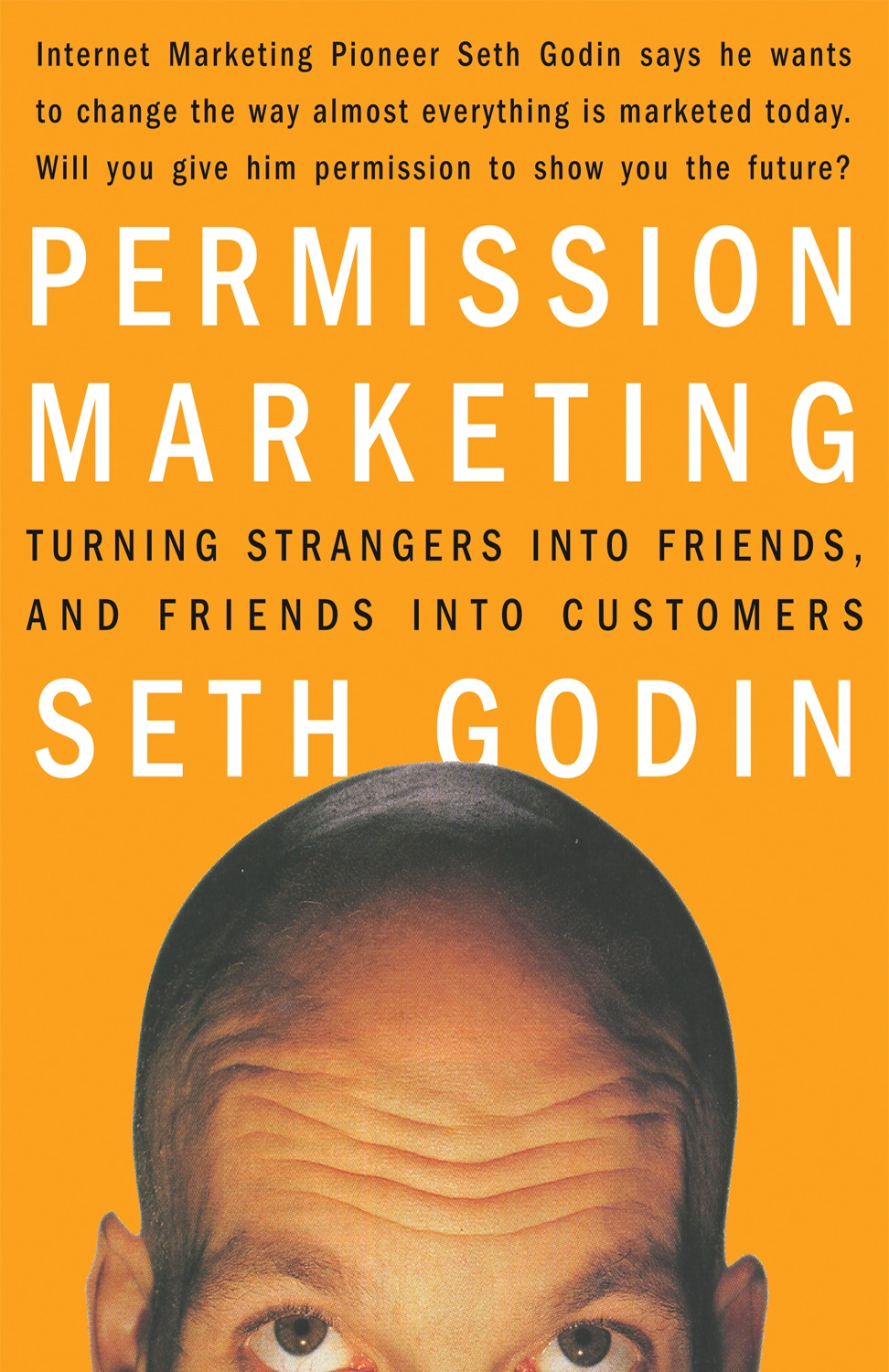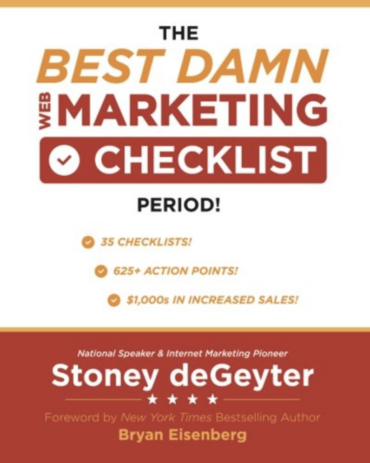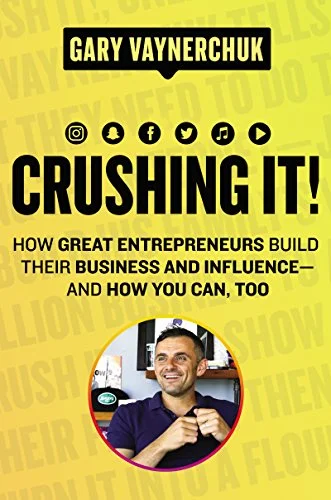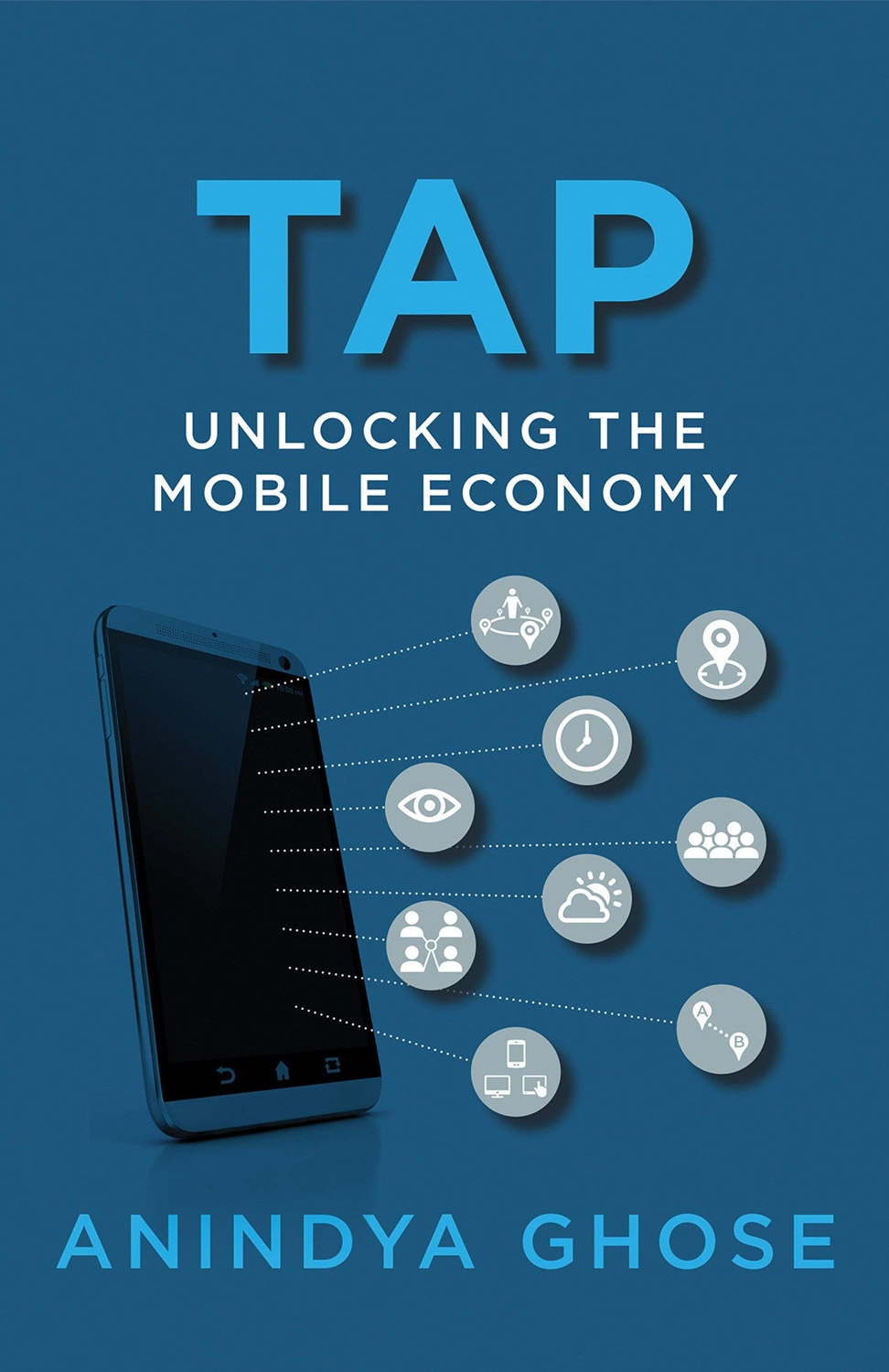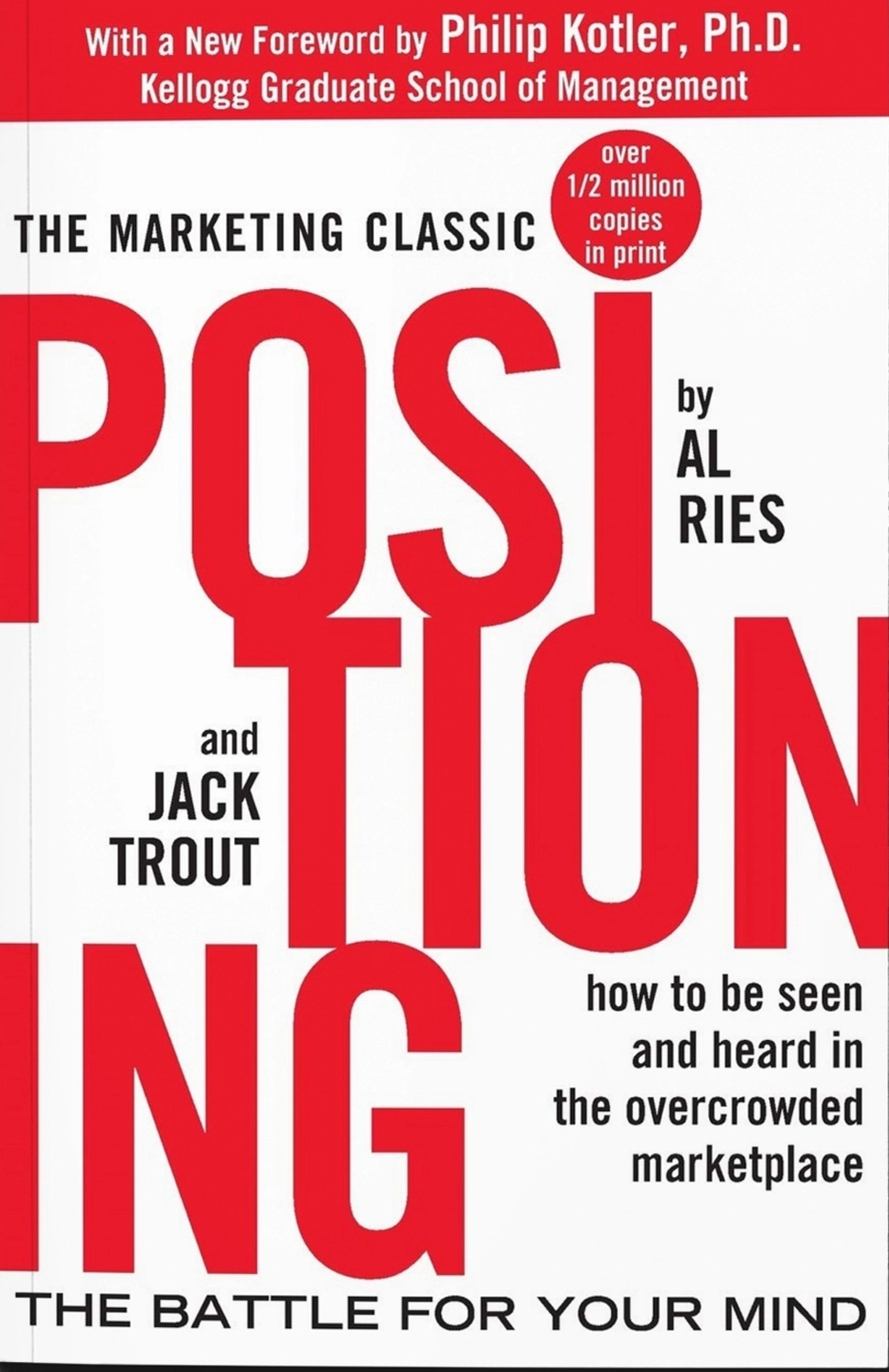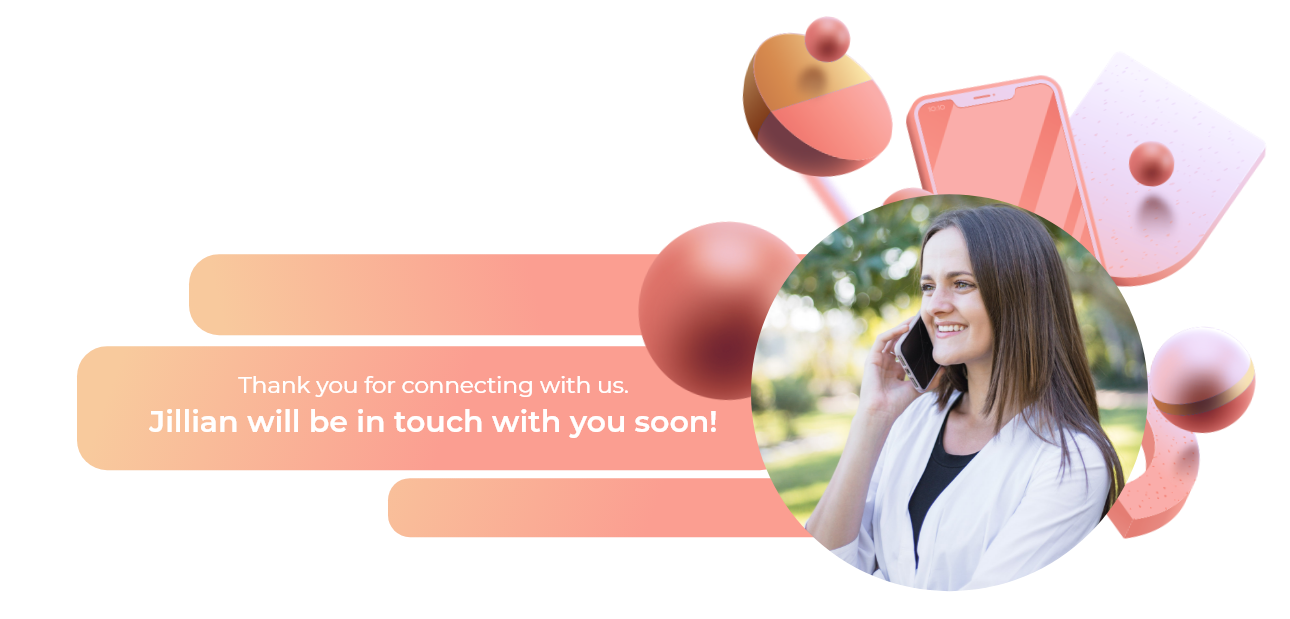How to Let the Leads Come to You
Leads are important, but you cannot spend your entire day trying to generate them.
Instagram And Facebook Are Your BFF’s
I am sure you all know about Facebook & Instagram advertisements. You have probably been talking about a product with your friend, and then 10 minutes later as you are scrolling through Instagram, you see an advertisement for that product. Yes, this is quite creepy but proves how effective Facebook’s algorithm is. So what should you do? Take advantage of the millions of dollars Facebook has put into perfecting its ad campaigns and utilize it for your company. Here’s how you do it
Step 1: Identify Your Target Market
As a business, you should already know who your ideal customers and clients are, but it’s time to get specific. Saying that you want to work with ‘small businesses’ is too broad. Narrow it down, and make a list of 5+ ideal clients for your companies. For example, if you want to work with companies in the health and wellness industry, make a list of 5 skincare, beauty, or health companies you would like to work with. If you want to work with real estate agents, write down the names of 5 prominent agents you see your business collaborating with.
Step 2: Stalk Away! (Don’t Be Ashamed, We All Do It)
Now that you have your detailed list, stalk, stalk, and stalk some more. You need to show Instagram and Facebook that you are genuinely interested in this company, person, or brand.
Step 3: Let Instagram/Facebook Work For You!
You are going to start seeing ads related to the client’s pages you stalked during the last step. Stay active on social media, and continue to interact with those ads. When you see an ad that you identify as an ideal client, like their post and visit their page. This simple step will tell the algorithm that you are still interested, and should still be shown ads like this. Now, as you are leisurely scrolling through your Instagram and Facebook feed, you are getting a personalized list of ideal clients!
Step 4: Take Note Of The Ads You See
Now that your social media accounts are working for you, it’s time to track those leads, and make an introduction. Each time you see an ad, take a screenshot of the account’s contact information. Then, record this information in a spreadsheet, or any other platform that works for you. Here’s what works for us: throughout the week, we screenshot ads that represent ideal clients. Every Friday, we add the name, contact info, and small details about the company to a shared google sheet. Then, each Monday, we move on to step 5.
Step 5: Every Monday, Send A Cold Email!
Take the list you generated all week, and send each of those contacts a personal email from you. Make sure you introduce who you are, and what value you can provide. Mention something specific that stuck out to you about the brand. This is extremely important, you need to personalize the email. If your email is obviously a computer-generated template, brands will likely disregard your message. Personalizing the email is simple. For example, if you notice that one company’s Instagram has no video, mention how you would love to introduce video to boost engagement and send examples of how you have successfully done this for other clients. For more information on this process, and examples of the templates we use, check out this TikTok.
Step 6: Continue The Social Media Stalk
Right after you send the email, show the company that you are not a robot. Now it is time to follow the account, like, and comment on their most recent pictures. It is important to do this immediately after, so you are on top of their mind. Once they briefly see the email from you, they should see you show up on their social network. Now you are no longer a stranger; you have a connection.
Step 7: Don’t Be A Stranger
One week after you send the initial email, send a follow-up email. Keep it short and sweet. This will set you apart from the computer-generated emails that this company probably gets on a weekly basis.



